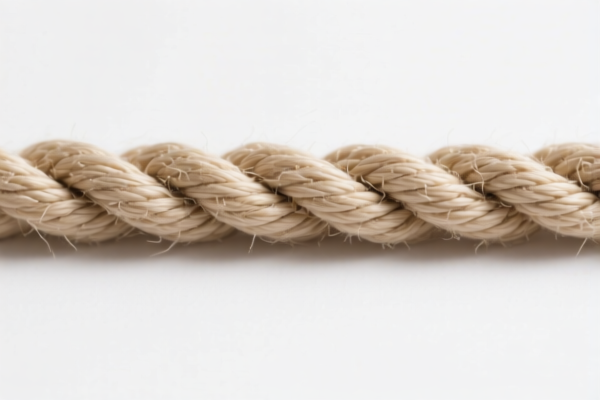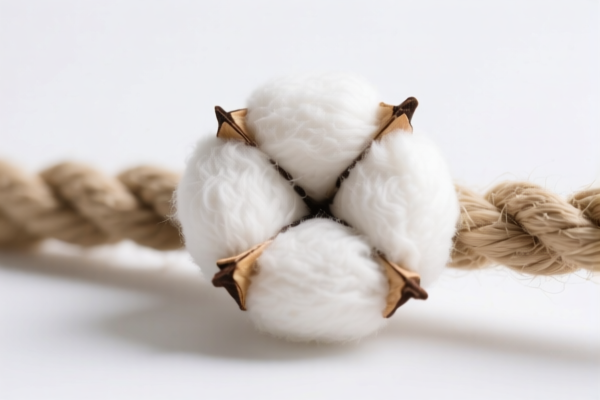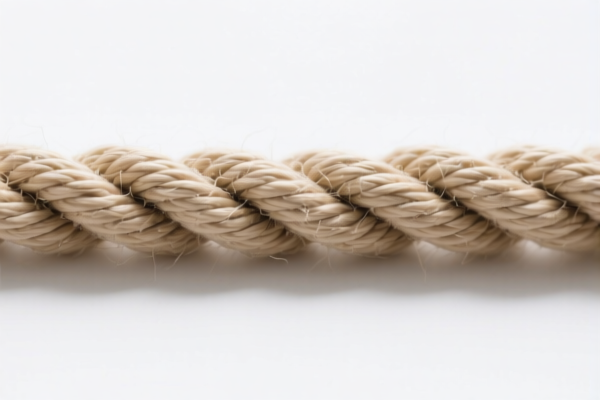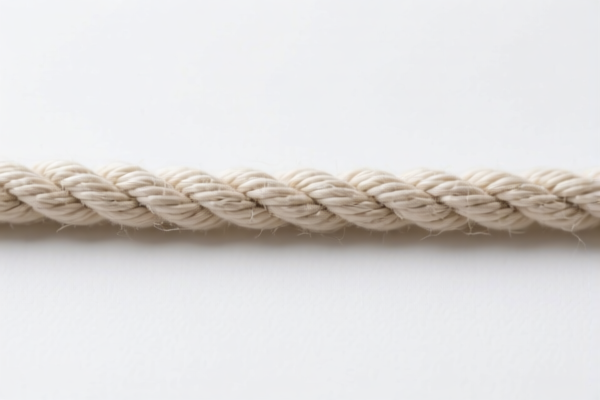| HS Code | Official Doc | Tariff Rate | Origin | Destination | Effective Date |
|---|---|---|---|---|---|
| 5607503500 | Doc | 19.9¢/kg + 10.8%+55.0% | CN | US | 2025-05-12 |
| 5607909000 | Doc | 61.3% | CN | US | 2025-05-12 |
| 5609004000 | Doc | 58.9% | CN | US | 2025-05-12 |
| 5609003000 | Doc | 59.5% | CN | US | 2025-05-12 |
| 5404900000 | Doc | 55.0% | CN | US | 2025-05-12 |
| 5404198040 | Doc | 61.9% | CN | US | 2025-05-12 |
| 5308100000 | Doc | 55.0% | CN | US | 2025-05-12 |
| 5308909000 | Doc | 37.5% | CN | US | 2025-05-12 |
| 5311003005 | Doc | 55.0% | CN | US | 2025-05-12 |
| 5311003020 | Doc | 55.0% | CN | US | 2025-05-12 |
| 5407810010 | Doc | 69.9% | CN | US | 2025-05-12 |
| 5407810090 | Doc | 69.9% | CN | US | 2025-05-12 |
| 5408320510 | Doc | 74.7% | CN | US | 2025-05-12 |
| 5408320520 | Doc | 74.7% | CN | US | 2025-05-12 |
| 5405003000 | Doc | 61.9% | CN | US | 2025-05-12 |
| 5405006000 | Doc | 60.8% | CN | US | 2025-05-12 |
| 3926905500 | Doc | 60.1% | CN | US | 2025-05-12 |
| 3926905600 | Doc | 60.1% | CN | US | 2025-05-12 |
| 3913905000 | Doc | 61.5% | CN | US | 2025-05-12 |
| 3913901000 | Doc | 55.0% | CN | US | 2025-05-12 |
| 3914006000 | Doc | 58.9% | CN | US | 2025-05-12 |
| 3914002000 | Doc | 55.0% | CN | US | 2025-05-12 |




Polyester Cotton Rope
Polyester cotton rope is a blended fiber rope combining the properties of both polyester and cotton. It is widely used in a variety of applications due to its balance of strength, affordability, and ease of handling.
Material Composition
- Polyester: Typically comprises 65-75% of the blend. Polyester provides high tensile strength, resistance to stretching, abrasion resistance, and excellent resistance to sunlight, chemicals, and mildew.
- Cotton: Generally constitutes 25-35% of the blend. Cotton contributes to better knotability, a softer feel, and improved grip compared to 100% polyester rope. The cotton content also allows for easier splicing.
Purpose & Function
Polyester cotton rope serves as a general-purpose rope suitable for applications where high strength isn't paramount but a combination of desirable properties is needed. Key functions include:
- Tying & Securing: Used for tying down loads, securing items, and general fastening.
- Hauling: Suitable for light to medium-duty hauling tasks.
- Crafting & Decorative Purposes: Commonly used in macramé, landscaping, and various decorative projects.
- Marine Applications: While not as strong or durable as dedicated marine ropes, it can be used for non-critical applications like dock lines or anchor lines in calm waters.
Usage Scenarios
- Agriculture: Securing tarps, bundling hay bales, general farm use.
- Landscaping: Garden edging, plant support, decorative elements.
- Construction: Light-duty securing and positioning.
- Crafts: Macramé plant hangers, wall hangings, decorative knots.
- Boating: Mooring lines for smaller boats in sheltered conditions, dinghy painters.
- Household: Clotheslines, general utility rope.
Common Types & Construction
- Twisted Rope: The most common construction, consisting of strands twisted together. It is economical and easy to handle but can elongate more under load and is prone to unraveling if cut.
- Braided Rope: Offers higher strength and lower elongation compared to twisted rope. Braided ropes are less prone to unraveling and are easier to splice. Often more expensive than twisted rope.
- Double Braided Rope: Features a core braided within a braided sheath, providing even greater strength and durability.
- Variations in Blend Ratio: Ropes with a higher polyester content will exhibit greater strength and durability, while ropes with a higher cotton content will be softer and easier to knot.
Properties
| Property | Description |
|---|---|
| Strength | Moderate; lower than 100% polyester or nylon rope. |
| Elongation | Moderate; stretches more than polyester rope but less than nylon rope. |
| Abrasion Resistance | Good; better than cotton rope but less than nylon or polypropylene rope. |
| UV Resistance | Good; polyester provides good resistance to sunlight degradation. |
| Chemical Resistance | Good; resistant to many common chemicals, but prolonged exposure should be avoided. |
| Knotability | Good; cotton content improves knot-holding ability. |
| Spliceability | Good; easier to splice than 100% polyester rope. |
| Water Resistance | Moderate; absorbs some water, which can affect strength and weight. |
| --- | |
| Polyester cotton rope is a blended cordage product typically used in applications requiring moderate strength, abrasion resistance, and flexibility. It finds use in various scenarios, including general-purpose tying, crafting, and light industrial applications. |
The following HS codes are relevant based on the provided reference material:
-
5607503500: This code covers twine, cordage, ropes and cables, whether or not plaited or braided, and whether or not impregnated, coated, covered or sheathed with rubber or plastics, specifically of other synthetic fibers, not braided or plaited, and other. This is a potential match if the rope is not braided or plaited and is made primarily of polyester.
- 56: Chapter – Articles of textile materials.
- 07: Heading – Twine, cordage, ropes and cables.
- 503500: Subheading – Of other synthetic fibers; not braided or plaited; other.
-
5607909000: This code also covers twine, cordage, ropes and cables, whether or not plaited or braided, and whether or not impregnated, coated, covered or sheathed with rubber or plastics, but specifically 'other' types. This could apply if the rope composition doesn't fall neatly into the 'other synthetic fibers' category of 5607503500, or if it is braided or plaited.
- 56: Chapter – Articles of textile materials.
- 07: Heading – Twine, cordage, ropes and cables.
- 909000: Subheading – Other; other.
-
5407810010: This code covers woven fabrics of synthetic filament yarn, including woven fabrics obtained from materials of heading 5404, specifically other woven fabrics, containing less than 85 percent by weight of synthetic filaments, mixed mainly or solely with cotton, unbleached or bleached poplin or broadcloth. If the rope is constructed from woven fabrics of polyester and cotton, this code may be applicable.
- 54: Chapter – Textile fabrics.
- 07: Heading – Woven fabrics of synthetic filament yarn.
- 810010: Subheading – Other woven fabrics, containing less than 85 percent by weight of synthetic filaments, mixed mainly or solely with cotton; unbleached or bleached poplin or broadcloth.
-
5407810090: Similar to 5407810010, this code covers woven fabrics of synthetic filament yarn, but for 'other' unbleached or bleached woven fabrics containing less than 85% synthetic filaments mixed with cotton.
- 54: Chapter – Textile fabrics.
- 07: Heading – Woven fabrics of synthetic filament yarn.
- 810090: Subheading – Other woven fabrics, containing less than 85 percent by weight of synthetic filaments, mixed mainly or solely with cotton; other.
Regarding HS code 5407810010 and 5407810090, please note that the rope must be constructed from woven fabrics and contain less than 85% synthetic filaments.
It is important to determine the exact composition and construction method of the polyester cotton rope to select the most appropriate HS code. If the rope is made of woven fabrics, the codes under heading 5407 may be more suitable. If it is a twisted or braided cordage, codes under heading 5607 are more appropriate.
Customer Reviews
No reviews yet.